
Uniqueness of Belmont Stakes creates grand wagering opportunities
by Tom Pedulla
Paid banners below are not related to Belmont Stakes Ticket Sales.
The uniqueness and magnitude of the Belmont Stakes combine to create an annual bonanza of wagering opportunities.
Still-maturing 3-year-olds not bred for the purpose of competing at a mile-and-a-half are required to cover that distance, often with historic implications that make the famed "Test of the Champion" compelling for serious and casual horseplayers alike.
"Distance is the great equalizer," said Andy Serling, the New York Racing Association's ace handicapper. "Talent and distance, they can create odd situations."
With the Belmont soon to be contested for the 150th time, history shows that those "odd situations" trigger massive scores. Of the 35 horses with the potential to emerge as Triple Crown champions, just 12 completed one of the most difficult feats in all of sports.
During the record 37-year gap between Affirmed and American Pharoah in 2015, 13 horses knocked off the Kentucky Derby and Preakness only to fall short, some of them spectacularly. Whenever a Triple Crown threat flops, the tote board lights up.
Jonathan Kinchen, winner of the 2015 National Handicapping Championship, always sees a special opportunity in years when a Triple Crown threat exists.
"All of the casual fans have a hard time creating a scenario where that horse can get beat," Kinchen said. "I've seen him win the Derby. I've seen him win the Preakness. How the heck is he going to lose this one?"
It happens.
Take, for example, War Emblem in 2002. He displayed tremendous speed in sweeping the Derby and Preakness to establish himself as a solid favorite in the Belmont. But discerning eyes had to question whether he could possibly sustain that speed at a marathon distance.
"To me, he was just a throw-out," Serling said. "He wasn't getting a mile and a half. It was a difficult field."
War Emblem's Belmont was over when he stumbled badly leaving the gate and ran eighth. Sarava, 70-1, entered the record books as the longest shot in a race often full of richly rewarding surprises. He paid $142.50, $50.00 to place, $22.40 to show.
The top four of Sarava, Medaglia d'Oro, Sunday Break and Magic Weisner resulted in a $2,454 exacta, a $25,209 trifecta and a $145,334 superfecta based on $2 wagers.
Wild and wacky things tend to happen during Triple Crown bids. Undefeated Smarty Jones looked unbeatable in 2004. But the Belmont is very much a rider's race, with the distance testing jockeys every bit as much as their mounts.
If Smarty Jones was up to the challenge, many believe that his out-of-town jockey, Stewart Elliott, was not. Jerry Bailey, aboard Eddington, and Alex Solis, atop Rock Hard Ten, exerted tremendous early pressure. When Elliott did not handle that well, Smarty Jones had nothing left at the end.
"Everybody feels they all ganged up on Smarty Jones and there may be some truth to that," Serling said. "But were they ganging up on Smarty Jones or were they ganging up on Stewart Elliott's inexperience?"
Whatever the answer, veteran Edgar Prado capitalized with Marylou Whitney's Birdstone to pull an upset. At 36-1.
With the 1 ¼-mile Derby and the 1 3/16-mile Preakness preceding the Belmont, the demands of competing in three races at three tracks in five weeks can cause the wheels to come off the most impressive of Derby and Preakness winners.
Did anyone imagine that Big Brown would not finish the 2008 Belmont - he was thoroughly beaten when Kent Desormeaux pulled him up - and that Da'Tara would shake loose from the rest of the field? But the colt that had not won since breaking his maiden romped by 5 ¼ lengths as the longest shot in the field at 38-1.
With Dennis of Cork uncorking a second-place finish and Anak Nakal and Ready's Echo dead-heating for third, the exacta was worth $659. The triples came in at $3,703 and $3,954, the superfectas at $48,637 and $47,309. More than a few cars, and more than a few vacations, were paid for that day.
Students of pedigree find themselves stymied when trying to determine which horses are bred to withstand the testing 1 1/2-mile trip for a very good reason.
"American horses are not bred to go a mile and a half," Kinchen said. "None of them are."
The race also is perplexing when it comes to running styles. "It's not always a race that fits deep closers, as the public might think it would," said Todd Pletcher, trainer of three Belmont winners.
Citation (1948), Secretariat (1973), Seattle Slew (1977), Affirmed (1978) and American Pharoah (2015) all shot to the front and stayed there en route to a memorable Belmont victory and the Triple Crown.
Yes, the puzzle is indeed complex. For those fortunate enough to solve it, the Belmont can be the most financially rewarding race of all.


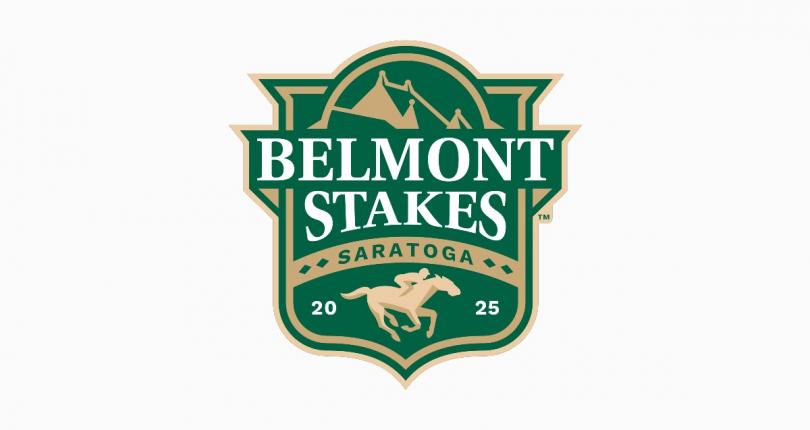

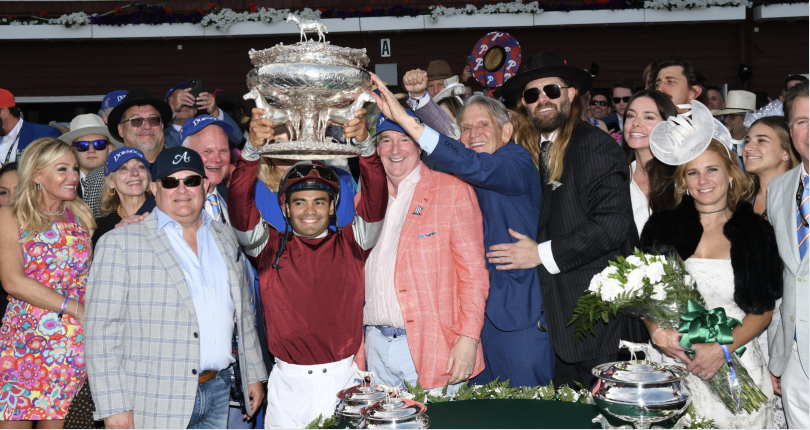
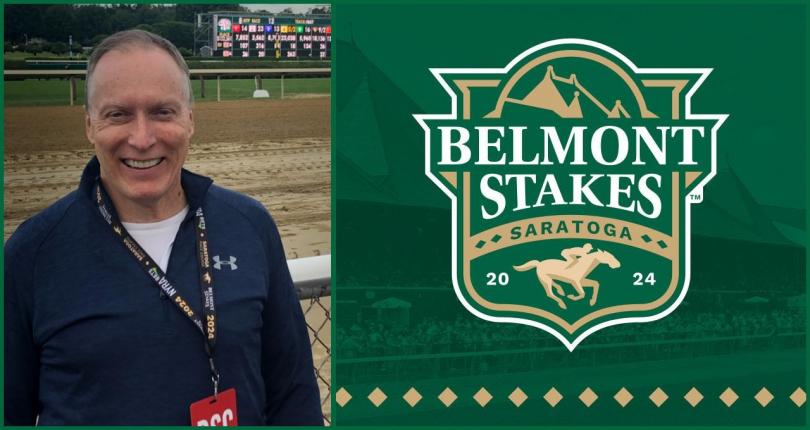
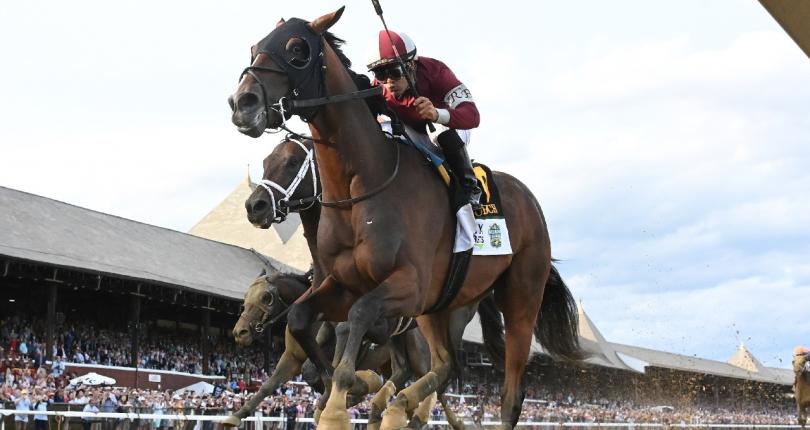
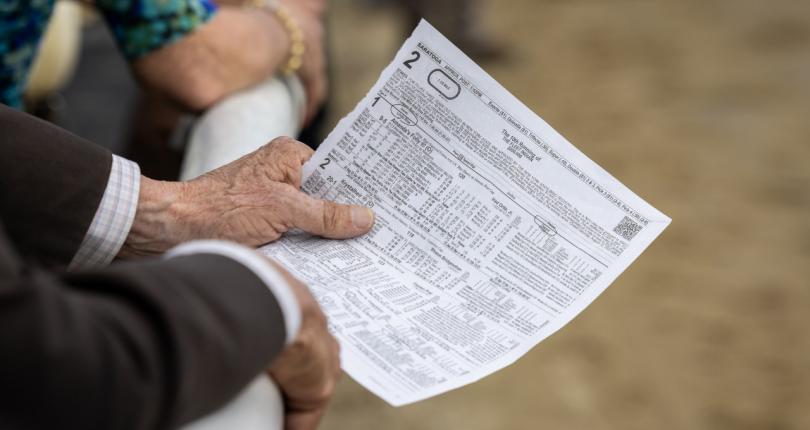
 Gambling Problems? The New York Racing Association encourages responsible wagering. If gambling is a problem for you or someone you care about, help is available 24 hours a day. Scan here to talk with someone now about your gambling. Or call toll-free 1-877-8-HOPE-NY.
Gambling Problems? The New York Racing Association encourages responsible wagering. If gambling is a problem for you or someone you care about, help is available 24 hours a day. Scan here to talk with someone now about your gambling. Or call toll-free 1-877-8-HOPE-NY.